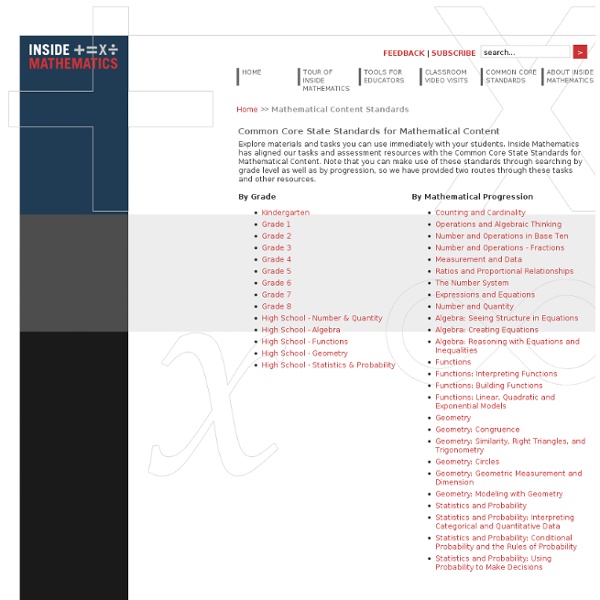



Bad Math Worksheets Land - Tons of Printable Math Worksheets From All Grade Levels Bad grade7commoncoremath - home Quality Videos News & Updates Printable Worksheets Lessons by Mathalicious Key Board How do you create simple video games? Students apply geometric transformations to build (and play) their own games. Topic: Congruence (CO), Geometry (G) Pic Me How can you become popular on Instagram? Topic: Interpreting Categorical and Quantitative Data (ID) Square Dancing What do squares reveal about the universe? Topic: Expressions and Equations (EE), Number System (NS) Layer Strands On Me How do we view and create objects in 3D? Topic: Geometry (G) By Design Why do manmade objects look the way they do? Advertising Aged How much of what you see is advertising? Topic: Geometry (G), Number and Operations -- Fractions (NF) Watch Your Step What should teacher salaries be based on? Topic: Functions (F) Wage War How much should companies pay their employees? Topic: Linear, Quadratic, and Exponential Models (LE), Reasoning with Equations and Inequalities (REI) Joy to the World What makes for happy countries? Good Cop, Bad Cop How should cities address excessive force by police? Downside Up
Walking in Mathland - Teaching Math Blog Yes. The answer is yes you can study mathematics. There is apparently a rumor going around telling students that math cannot be studied. The issue is students need to learn how to study math. Cheat Sheet (See photo to the left)Start reviewing notes, power-points, textbook, or whatever form the material being tested was presented on and on a blank sheet of paper write out problems, equations, formulas, and helpful hints on the material you do not 100% understand. Flashcards This is a fabulous tool to use with units where there is vocabulary, properties, and formulas that will tested. YouTube VideosI have written of my love for YouTube as a teaching method I use in class so it should be not surprise that I am using it again. Extra Practice Problems (the whole problem, on a clean sheet of paper without referring to the worked out example)As a coach, I know what my athletes do during practice is a direct implication on how they will preform on game/match/race/meet day.
Tools Bill, My wife and I are currently assisting the Amphitheater School District with the training of their teachers from grade K to 6 on the Common Core Standards. We would love to have links in our PowerPoint presentations and PDF files (both of which we give to the teachers attending our classes) that went directly to a portion of the text or an illustration that we would like to provide as part of our lesson. For example, teachers have a hard time understanding the division of a fraction by a fraction. The 6.NS Traffic Jam illustration provides an excellent means of giving teachers some intuition about the division of fractions. The problem is that I see no way to link to this illustration directly, or any text with the illustrations. Robert Springer
STatistics Education Web (STEW) One of the goals of the American Statistical Association is to improve statistics education at all levels. Through the STatistics Education Web (STEW), the ASA is reaching out to K-12 mathematics and science teachers who teach statistics concepts in their classrooms. STEW is an online resource for peer-reviewed lesson plans for K-12 teachers. The web site is maintained by the ASA and accessible to K-12 teachers throughout the world. Statistics and probability concepts are included in K-12 curriculum standards, in particular the Common Core State Standards, and on state and national exams; however, few K-12 teachers have formal training or applied experience with statistical concepts. K-12 teachers need a place where they can find peer-reviewed teaching materials available in a standard format. STEW lesson plans identify both the statistical concepts being developed and the age range appropriate for its use. Lesson Plans Grades K - 5 Grades 6 - 8 Grades 9 - 12
Games Summary Games of chance hold an honored place in probability theory, because of their conceptual clarity and because of their fundamental influence on the early development of the subject. In this chapter, we explore some of the most common and basic games of chance. Roulette, craps, and Keno are casino games. The Monty Hall problem is based on a TV game show, and has become famous because of the controversy that it generated. Lotteries are now basic ways that governments and other institutions raise money. Basic Topics Red and Black Applets Related Topics For several of the models in this chapter, the gambler either wins or loses, independently from game to game, and with the same probability. External Resources Gambler's Anonymous is a support group for compulsive gamblers. Quote